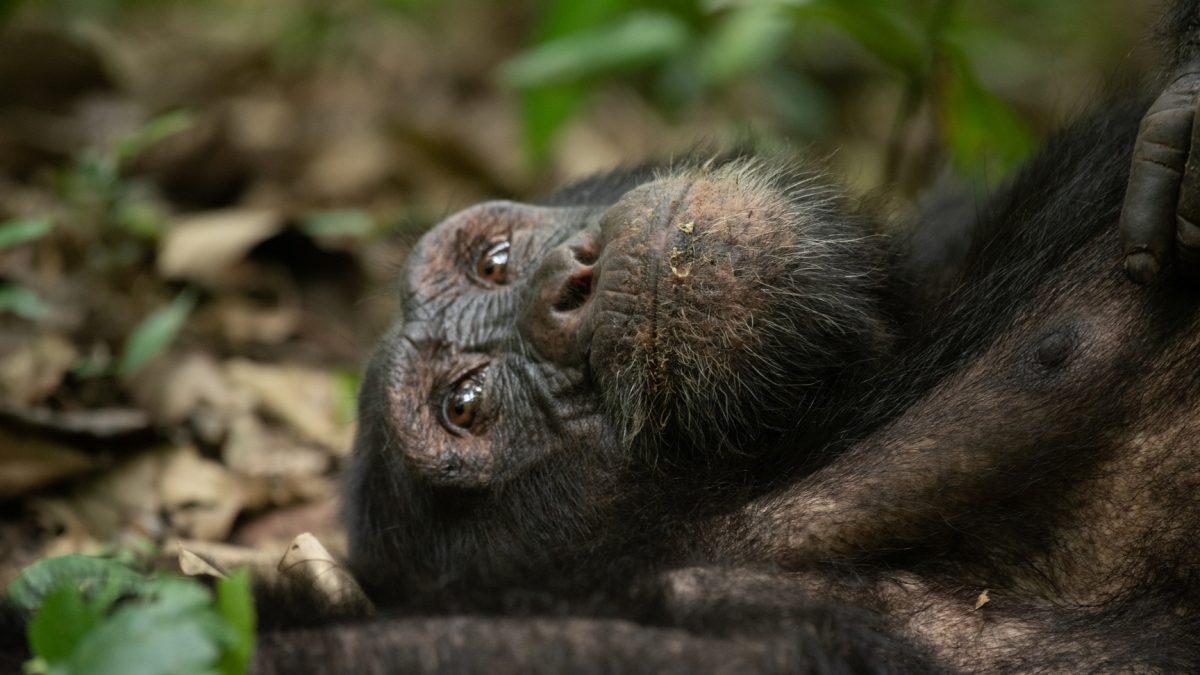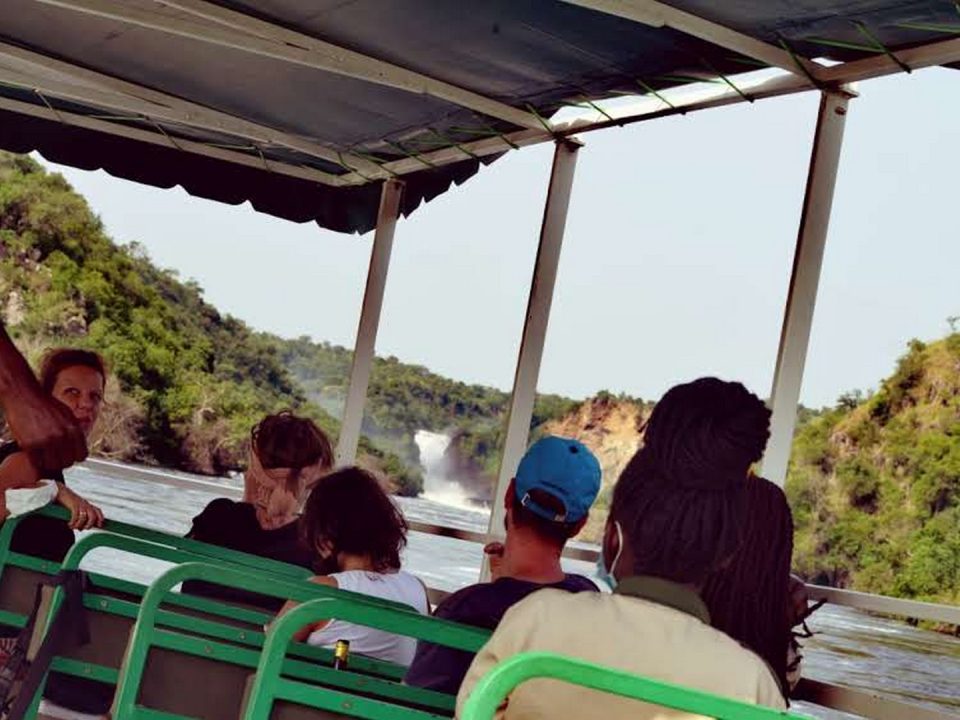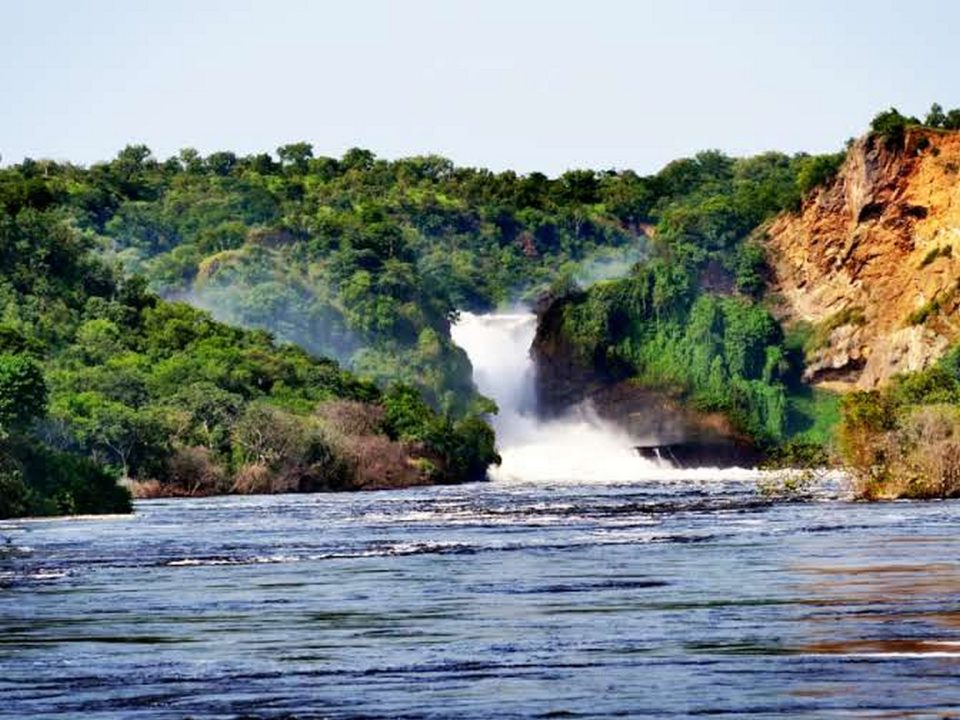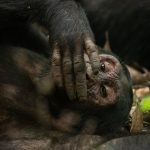
How Do I Get to the Chimpanzee Tracking Sites in Rwanda?
March 19, 2025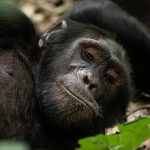
Is Chimpanzee Tracking in Rwanda Suitable for Children?
March 19, 2025What Wildlife Can I See While Chimpanzee Tracking in Rwanda?
What Wildlife Can I See While Chimpanzee Tracking in Rwanda? Rwanda is famous for its rich biodiversity, particularly its primate populations, including the endangered mountain gorillas and the captivating chimpanzees. Chimpanzee tracking, an exhilarating experience in the dense forests of Rwanda, offers much more than just an opportunity to observe these fascinating creatures. The lush ecosystems that house Rwanda’s chimpanzee populations are teeming with wildlife, including other primates, birds, insects, and a wide array of flora. Whether you are trekking through Nyungwe Forest National Park or Gishwati-Mukura National Park, the diversity of life you encounter adds depth and excitement to your tracking adventure. In this guide, we’ll explore the wildlife you can expect to see while chimpanzee tracking in Rwanda.
Chimpanzees: The Stars of the Show
First and foremost, the main attraction of any chimpanzee tracking experience in Rwanda is the chimpanzees themselves. As our closest relatives in the animal kingdom, chimpanzees are a thrilling sight to behold in their natural habitat. Rwanda’s forests, particularly Nyungwe Forest, are home to around 500 chimpanzees. These intelligent creatures live in social groups and are known for their complex behaviors, use of tools, and communication skills.
During your trek, you will have the opportunity to observe a group of chimps going about their daily activities—playing, foraging, grooming, and sometimes even vocalizing. Being in the presence of these magnificent animals is a truly unforgettable experience, and it forms the highlight of your time in Rwanda’s forests.
Other Primate Species in Rwanda’s Forests
Rwanda’s national parks are not just home to chimpanzees but also host a wide range of other fascinating primates. As you embark on your chimpanzee tracking journey, you may come across several other species that call the lush forests home.
Colobus Monkeys
Rwanda is home to two species of colobus monkeys, the Angolan colobus and the black-and-white colobus. These striking primates are often seen in the canopy, leaping from tree to tree with remarkable agility. The black-and-white colobus, easily recognizable due to its distinctive white fur, is a particularly common sight in the forests of Nyungwe National Park. Their acrobatic movements and social interactions add an extra dimension to the trekking experience.
Golden Monkeys
Though golden monkeys are not found in the same areas as chimpanzees, they are another highly sought-after species for wildlife enthusiasts in Rwanda. These beautiful primates, known for their vibrant golden fur and playful nature, can be seen in Volcanoes National Park—home to Rwanda’s gorillas, though they are sometimes spotted in other regions of the country too. While golden monkeys are not commonly encountered during chimpanzee tracking, spotting them during your stay adds to the richness of Rwanda’s wildlife.
Olive Baboons
The olive baboon, a large and social primate, can be found in various regions of Rwanda, including the edges of Nyungwe Forest. Baboons are known for their loud calls, territorial behavior, and highly structured social groups. If you spot a troop of baboons while on your trek, you may be lucky enough to observe their fascinating social dynamics, with males and females interacting in complex ways.
Vervet Monkeys
Another primate species found in Rwanda is the vervet monkey. These smaller monkeys, with their distinctive greenish-gray fur and white fringes, are commonly seen in Rwanda’s more open forest edges and savannah areas. Although not as common as colobus or baboons, vervet monkeys may occasionally be seen while hiking or trekking in the forest areas near chimpanzee habitats.
Birdwatching: A Birdwatcher’s Paradise
Rwanda’s diverse ecosystems make it a paradise for birdwatching enthusiasts. Nyungwe Forest, in particular, is renowned for its birdlife, hosting over 300 bird species, including a significant number of endemics. As you track chimpanzees through the forest, keep your eyes peeled for these avian residents:
Great Blue Turaco
One of Rwanda’s most iconic birds, the Great Blue Turaco, is a striking, large, green bird with blue wings and a distinctive white face. The Great Blue Turaco is typically found in the higher elevations of Nyungwe Forest and is a prized sight for birdwatchers.
Rwenzori Turaco
The Rwenzori Turaco is another species endemic to the Albertine Rift, which runs along the western edge of Rwanda. This vibrant green and purple bird is a beautiful sight as it flits through the trees and adds a burst of color to the forest canopy.
Forest Hornbill
The Forest Hornbill is one of the many hornbill species that inhabit the forests of Rwanda. These striking birds, known for their large beaks and colorful casques, are frequently seen in Nyungwe, where they play a significant role in maintaining the ecological balance by dispersing seeds.
Black-and-white Casqued Hornbill
Another hornbill species often spotted during chimpanzee tracking in Rwanda is the Black-and-white Casqued Hornbill, which is known for its distinctive black and white plumage and striking casque on its beak. This species thrives in the dense forests of Nyungwe and provides an exciting addition to the birdwatching experience.
Reptiles and Amphibians: Hidden Wonders of the Forest Floor
While trekking through the forest, you may also encounter Rwanda’s fascinating reptiles and amphibians. Though these creatures are often more elusive than mammals and birds, they contribute to the ecosystem’s balance.
Nile Monitor Lizard
One of the most impressive reptiles you might encounter while tracking chimpanzees is the Nile monitor lizard. These large, semi-aquatic lizards are skilled swimmers and can be seen near water sources in the forests of Nyungwe.
Chameleons
Rwanda is home to a variety of chameleon species, and these fascinating reptiles can sometimes be spotted hanging from branches or foliage. Their ability to change color helps them blend in with their surroundings, making them a challenge to find—but a delight when discovered.
Frogs and Toads
Rwanda’s forests are also home to an array of frogs and toads, which add to the area’s biodiversity. While trekking through damp and rainy environments, you might encounter some of these amphibians, which play an essential role in controlling insect populations.
Insects: The Tiny Yet Mighty Creatures of the Forest
The forests of Rwanda are also teeming with insects, many of which play a critical role in maintaining the ecosystem’s balance. From butterflies to moths, ants, and beetles, the insect life in Rwanda’s national parks is both diverse and important for pollination and decomposing organic matter.
Conclusion: A Wildlife Experience Beyond Chimpanzees
While chimpanzee tracking in Rwanda is undoubtedly the main attraction, the diversity of wildlife you can encounter during your trek makes the experience all the more special. From observing various primate species to birdwatching and encountering reptiles, Rwanda’s forests are full of life. The opportunity to immerse yourself in such a rich natural environment is an experience that will stay with you long after your trek.
At Deks Safaris & Tours Ltd., we offer expertly guided chimpanzee tracking adventures in Nyungwe Forest and Gishwati-Mukura, ensuring that you not only get to see the chimps but also experience the full spectrum of wildlife that Rwanda has to offer. Book your trip with us and embark on a wildlife adventure like no other!

